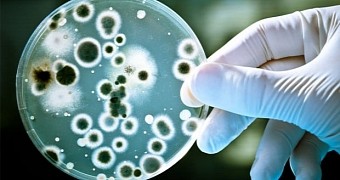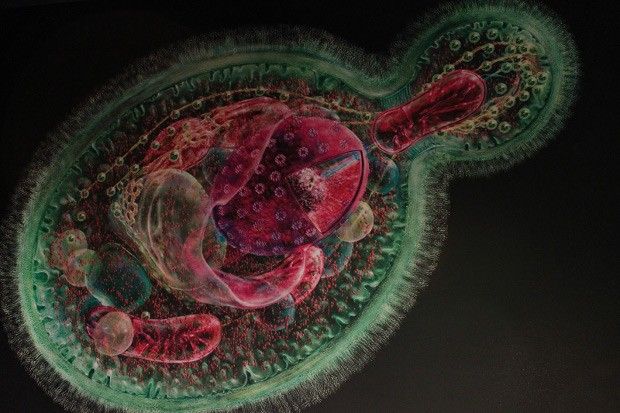In yet another research project bound to give Dr. Frankenstein and his monster a run for their money, scientists at the University of Texas at Austin in the US successfully created fungus carrying human genetic material.
In not so many words, these researchers claim to have engineered part-human fungus. Well, part-human yeast, to be more precise. The team details their work in a study published earlier this week in the journal Science.
So, how did they do it?
For starters, the University of Texas at Austin specialists looked at the genetic profile of several yeast strains and identified about 450 genes critical to these microorganisms' survival.
They then used genetic engineering to turn off and remove these yeast genes. In their place, they introduced similar genes of human origin.
The team created hundreds of new yeast strains carrying human DNA. Of these laboratory-made fungus cells, each carried a single human gene replacing a native one similar to it.
The scientists say that, having monitored the genetically altered fungus cells for an extended period of time after their creation, they found that half of them were perfectly viable.
As detailed in the report in the journal Science, the human DNA inserted in their genetic profile did nothing to alter their life expectancy. In fact, the yeast strains were even able to reproduce.
“This work is basically showing that you can take a fuel injector from a tractor and swap it for a fuel injector in your Toyota and it will still work, more or less, because they're both fuel injectors,” scientist Edward Marcotte explained in a statement.
We're all related to yeast
Yeast cells might look nothing like us, but the fact of the matter is that, as shown by this University of Texas at Austin study, they are our long-lost siblings in that we have hundreds of genes in common.
These genes originate from our last common ancestor, and being virtually the same, they made it possible for researcher Edward Marcotte and his team to mix and match genetic material to create part-human yeast.
“It's a beautiful demonstration of the common heritage of all living things - to be able to take DNA from a human and replace the matching DNA in a yeast cell and have it successfully support the life of the cell,” said Edward Marcotte.
The team says that their work engineering fungus with human DNA could pave the way for a better understanding of medical conditions that are known to result from genetic mutations. Hybrid yeast cells could even help test treatments.
Thus, the scientists imagine fitting fungus cells with problematic mutated genes known to cause disease in humans and testing the effectiveness of emerging treatments on these microorganisms.

 14 DAY TRIAL //
14 DAY TRIAL // 

